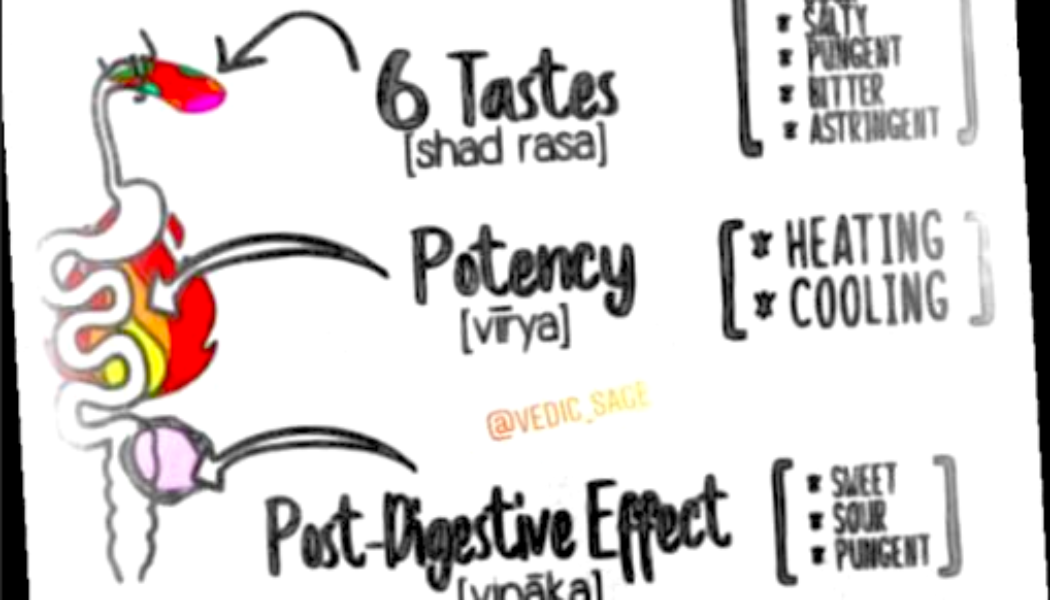Digestion: Rasa Virya Vipaka
Digestion According To Ayurveda
Disclaimer: All content included on this website (including, but not limited to, images, photos, graphics and text) is the property of ‘Healthy Ayurveda’ and ‘Vedic Sage’ and as such is protected by US and international copyright and other intellectual property laws. Digestion According To Ayurveda The fundamentals of Ayurveda is centered around digestion and takes into consideration: Rasa: the 6 differing tastes … which are sweet, sour, salty, pungent, bitter and astringent Virya: the potency or power contained within food and/or medicine Vipaka: the influence of food at the tissue level once digestion within the GI tract is complete Prabhava … which will be discussed further in another post According To Ayurveda … Every substance is ...

